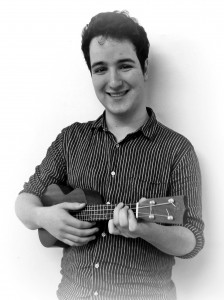 My experience as a Music In Healthcare Apprentice in 2014/15 has provided me with a fantastic platform to build my own practice in the coming months and years. I strongly believe that good MiH practice comes from experience, and that this work is all about learning how to adapt to different situations.
My experience as a Music In Healthcare Apprentice in 2014/15 has provided me with a fantastic platform to build my own practice in the coming months and years. I strongly believe that good MiH practice comes from experience, and that this work is all about learning how to adapt to different situations.
One thing I would like to highlight is how a combination of non-verbal approach techniques and repertoire in different languages can help overcome some of the challenges posed by cultural diversity in our hospitals. Instrumental music is not bound by language constraints at all and part of good practice is using repertoire with a ride range of languages. Working as a MiH practitioner has strengthened my belief that music is hugely effective as a communication tool between people from all backgrounds and all ages. There are countless examples of this happening in the last 6 months, and it was been noticeable from when I first engaged in this work in November 2013.
One that springs to mind happened in a neo-natal intensive care unit. Myself and Oli were working as a pair in a small space with 3 newborns. These rooms can often feel very cramped and often the breathing apparatus and monitoring machines can make them feel very noisy. For this reason it is important to be aware of the sound you are making and make sure you are not just contributing to the hum of medical equipment and causing a negative effect. Whilst we were making music with ukulele and melodeon, I feel that the most effective instrument in that space was our voices. We sung, Kyla Vuotti Uutta Kuuta (a traditional karelian wedding song sung in a Finnish dialect) and Zamina Mina (a cameroonian song sung in Fang). We also sung some traditional English Lullabies like Twinkle Twinkle Little Star. This seemed to be working well and the two parents in the room were making physical contact with their children and even singing to them!
We were then greeted by a young girl around 5 or 6 who had come to visit her baby sister; she was accompanied by her mum. We continued to play as they got settled. I then went to fetch the box of instruments from outside the room, and chose the Glockenspiel to get out first. I continued to play along with Oli on Melodeon but on the Glockenspiel now. Being aware of the sensitivities of the space, I carefully chose which beater to offer to the young girl and continued to play very quietly along with the music. The young girl hesitantly began to join in and grew in confidence as the music continued. We played 5 Little Speckled frogs together, and then she took to a spark shaker as we played Galopede, an english country dance tune. We were aware all this time of the other parents in the room smiling and vicariously enjoying the music making through the young girl who was clearly having a wonderful time.
As the final tune wound to a close we were asked to stop by a member of the medical team as one of the babies in the room was about to have an X-Ray and they had to move the X-Ray machine into the room. We did so quickly and packed away our instruments. It was only then did we say thank you to the young girl for playing and realise that she spoke very little english. It struck me that we had managed to facilitate music making for a young person, relax the room and provide music for patients and parents, and perhaps most crucially of all provide a platform for parents and siblings to interact with their newest family members using almost no words.
It is important to say that this is one of the instances where music has really been useful to overcome cultural barriers, but this is not always the case. There has been times where it has not worked so well (presuming that every child knows wind the bobbin up springs to mind!). Even the trickiest interactions provide an opportunity to learn, and I am trying to soak in as much as I can from the apprenticeship programme as I begin work at Great Ormond Street Hospital, a hospital that will provide an even more diverse body of young people to make music with and learn from.






